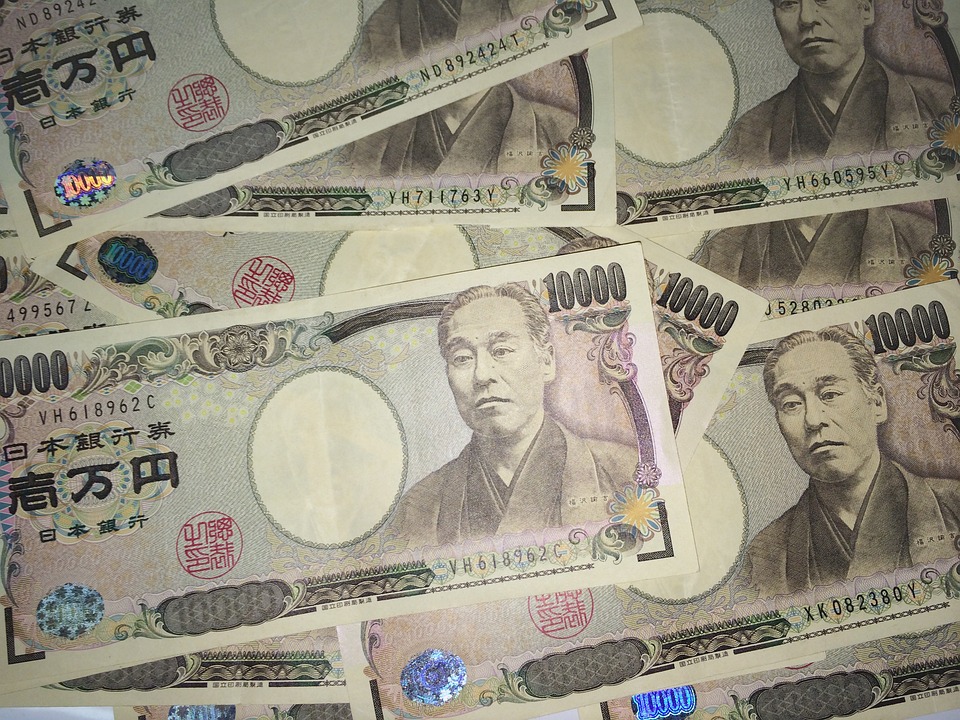Death Of An Inter-Market Correlation

Image Source: Pixabay
A Curious Development in Japan
For a long time Japanese stocks have been little more than a mirror image of the yen – they would rise when the yen lost ground and fall when it strengthened. This has changed rather noticeably of late as the chart below illustrates. Incidentally, the Nikkei has broken out over a resistance level that has held it back since early 2018. Whether this breakout will hold remains to be seen, but so far it certainly looks convincing (perhaps it will require a retest).
The Nikkei and the yen (weekly candles): in the middle of the chart the 60-period correlation between the two markets is shown (it ranges from “-1” for maximum negative to “+1” for maximum positive correlation). A strong negative correlation persisted for such a long time that it almost began to feel like a law of nature. Not anymore.
Some of the major drivers of the previous negative correlation phenomenon were 1. the assumption that because Japan is an export-oriented economy, the stock market would on the whole benefit from a weaker yen, 2. the fact that domestic investors in Japan tend to repatriate funds whenever “risk assets” suffer a setback, so that declines in stock markets have automatically become associated with strength in the yen (and vice versa), and 3. the “carry trade”, whereby yen are borrowed at very low interest rates in order to buy higher-yielding foreign bonds, usually employing sizable leverage. As a rule, such positions come with fail-safe stop loss levels both based on bond prices and the exchange rate of the yen. When they are closed out, purchases of yen are triggered, exacerbating a budding uptrend.
We are not entirely sure what has changed, but we never believed that the first argument had much merit (Japan has remained an export powerhouse regardless of relentless yen strength over the decades); we assume that the yen repatriation reflex of large domestic Japanese investors continues to exist, but this will obviously not be triggered before risk assets decline for reasons not related to the yen; the carry trade has probably become much smaller or perhaps even become extinct in light of the Japanification of interest rates in the rest of the developed world.
It actually doesn’t really matter what the justification for the change in behavior is – what matters is that it holds an important lesson: one should not blindly rely on inter-market correlations. They are not immutable. There are quite a few inter-market correlations that are believed to be cast in stone (think e.g. of the negative correlation between gold and the US dollar) and no doubt many are quite well-worn. We think it is generally better to analyze each market based on its own fundamentals and technical position and refrain from putting too much weight on correlations.
Japan Joins the Global Printathon
In case readers are wondering what has caused the Nikkei to finally bust through strong overhead resistance, wonder no longer. A hint is provided by the chart of the y-y growth rate of Japan’s narrow money supply measure M1 below (Japan’s M1 is roughly equivalent to the true money supply):
M1, Japan, y-y growth rate. Monetary inflation in Japan is still tame compared to the 34% clip we currently observe in the US, but it is going gangbusters compared to what has been seen in Japan over the past two decades.
The Bank of Japan was certainly busy and it should not be too big of a surprise that asset prices are surging in the wake of rapidly accelerating money supply growth. As an aside, despite their advance from the dismal lows of 2012 (see “Reconsidering Japan”, which we penned at the time), Japanese stocks remain relatively cheap. In other words, they are actually deserving of upward revaluation.
Of course, in recent years Japanese stocks have tended to fall quite sharply whenever major stock markets elsewhere corrected and that may continue to be the case. However, this is also a correlation that is possibly not as fixed as it appears. After all, Japanese stocks e.g. vastly outperformed in the bear market decade of the 1970s, rising strongly (approximately +220%) while Western stock markets went nowhere or declined. Mind, we are not predicting that a repeat is imminent, we are merely pointing out that it can happen.
The Nikkei performed remarkably well in the crisis decade of the 1970s.
Charts by stockcharts, Bank of Japan, Macrotrends
None







There wasan interesting discussion a while back about how tree branches waving around caused the wind to blow, Some sages pointed out that the correlation was perfect, the more the branches waved the stronger the wind was blowing.The discussion ended when a sailor spoke up and explained that there were no trees out in the ocean and yet some times the winds were very strong.
The ability to discern which is cause and which is effect is not uniformly distributed among humanity, it appears. And the lack of a correct answer often has serious results